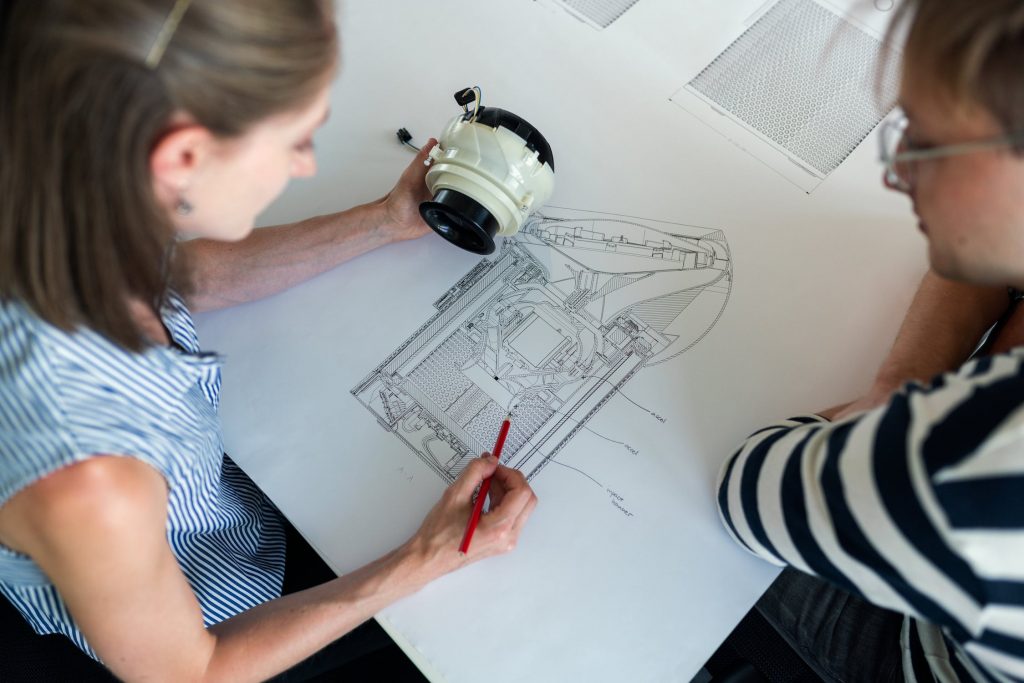
GUEST POST from Art Inteligencia
In today’s digital world, human-centered design (HCD) has become a crucial aspect of creating inclusive and accessible products and services. With an increasing focus on designing for everyone, regardless of ability, it is essential to consider accessibility from the initial stages of product development. This article explores the significance of human-centered design and accessibility through two case studies that showcase the positive impact it can have on people’s lives.
Case Study 1: Airbnb’s Inclusive Experiences
Airbnb, the popular online marketplace for short-term rentals, recognizes the importance of catering to diverse user needs. In 2018, they launched a feature called “Airbnb Experiences” that allows hosts to offer unique activities to guests. However, they realized the platform was not adequately accessible to people with disabilities.
To address this issue, Airbnb conducted extensive research and collaborated with advocacy groups for people with disabilities. They focused on designing an accessible booking flow and improving communication between guests and hosts. The resulting changes allowed hosts to provide detailed accessibility information, such as step-free access, presence of grab bars, and other essential amenities. Guests could also inquire about specific accessibility requirements directly to hosts before booking.
This human-centered approach not only enhanced the experience for guests with disabilities but also increased the number of accessible experiences available. By uncovering and addressing the barriers faced by this user group, Airbnb amplified its commitment to accessibility and made significant strides in creating a more inclusive platform.
Case Study 2: Xbox Adaptive Controller by Microsoft
Microsoft’s Xbox Adaptive Controller is a groundbreaking example of human-centered design, specifically targeted at gamers with limited mobility. Traditional gaming controllers are often challenging for individuals with disabilities to use comfortably.
Recognizing this challenge, Microsoft assembled a team of designers, engineers, and gamers with disabilities to create a more accessible alternative. The Xbox Adaptive Controller features oversized buttons and tactile triggers, making it easier for those with limited dexterity to operate. It also includes 19 3.5mm jacks and USB ports, allowing users to connect a range of adaptive switches, buttons, and joysticks to customize their gaming experience.
By considering the needs and preferences of gamers with disabilities, Microsoft successfully addressed a significant accessibility gap in the gaming industry. The Xbox Adaptive Controller empowers individuals to fully participate in the gaming world, creating a sense of belonging and inclusivity.
Conclusion
The aforementioned case studies highlight the positive outcomes that result from prioritizing accessibility and employing human-centered design principles. By involving diverse users from the early stages of product development and understanding their unique requirements, organizations can foster inclusivity and empower individuals with disabilities.
In conclusion, human-centered design and accessibility go hand in hand, ensuring that products, services, and experiences are accessible to everyone. By adopting a user-centric approach and actively involving people with disabilities in the design process, organizations can create more inclusive solutions that improve the lives of individuals around the world. It is imperative for businesses to embrace the principles of human-centered design and accessibility, striving to build a more inclusive and accessible future for all.
SPECIAL BONUS: Braden Kelley’s Problem Finding Canvas can be a super useful starting point for doing design thinking or human-centered design.
“The Problem Finding Canvas should help you investigate a handful of areas to explore, choose the one most important to you, extract all of the potential challenges and opportunities and choose one to prioritize.”
Image credit: Pexels
![]() Sign up here to get Human-Centered Change & Innovation Weekly delivered to your inbox every week.
Sign up here to get Human-Centered Change & Innovation Weekly delivered to your inbox every week.